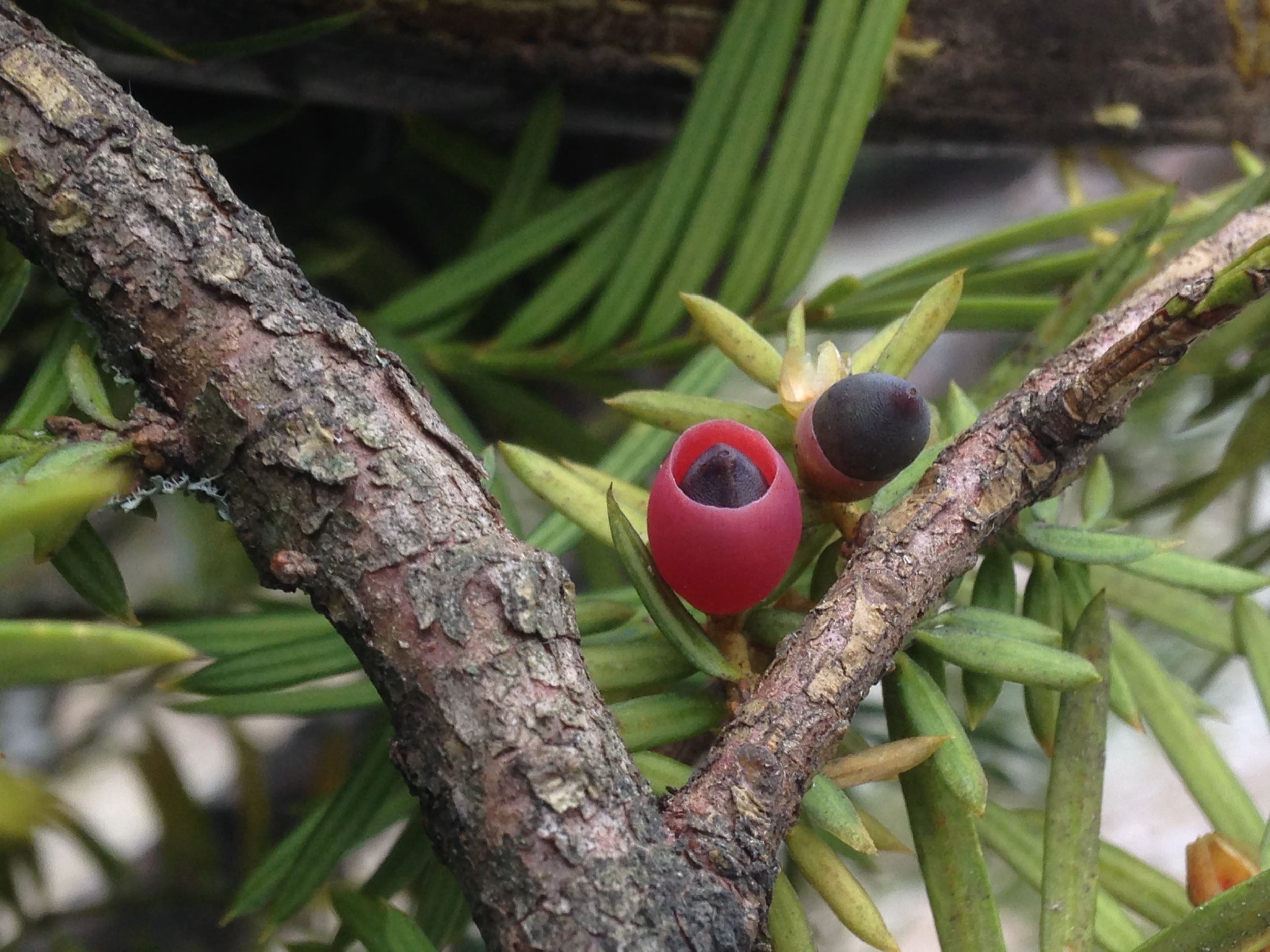Ep. 203 : I’ve Been Thinkin ‘Bout Yew..
It started with a suggestion that I could learn a little about how to differentiate between Canada Yew (Taxus canadensis), Eastern Hemlock (Tsuga canadensis), and Balsam Fir (Picea balsamifera), but then it turned into a zany rabbit-hole of discovery, confusion and awe.
This episode details a lot of the complicated information I have been coming into while trying to learn more about Canada Yew, and the Yew family, Taxaceae, more broadly. A beautiful family, holding long lines of mythos and medicines. I keep being challenged in my assumptions as I pull the threads of knowledge, and it excites me more and more. Even when I am confounded in my research, it still offers a lot in the way of explanations, even if it more so leaves me full of questions (hopefully to return to in the future).
What does Canada Yew look like? How does it harm with ingested? Is it always toxic? What about the aril? What the hell is an aril? I really try to get into it, but I am only just scratching the surface.
Here are some of the articles and papers I mentioned in the show :
The ecology of Canada Yew (Taxus canadensis Marsh.): A review
Taxine alkaloids article on Wikipedia
Dangers of Yew Ingestion pdf
OMAFRA (Ontario Ministry of Agriculture, Food and Rural Affairs) article “Yew Poisoning in Horses and Ruminants”
Plants Poisonous to Livestock by Harold C. Long
Incubation of European yew (Taxus baccata) with white-tailed deer (Odocoileus virginianus) rumen fluid reduces taxine A concentrations.
Popular landscaping bush has killed dozens of big-game animals in the Treasure Valley from Idaho Statesman

